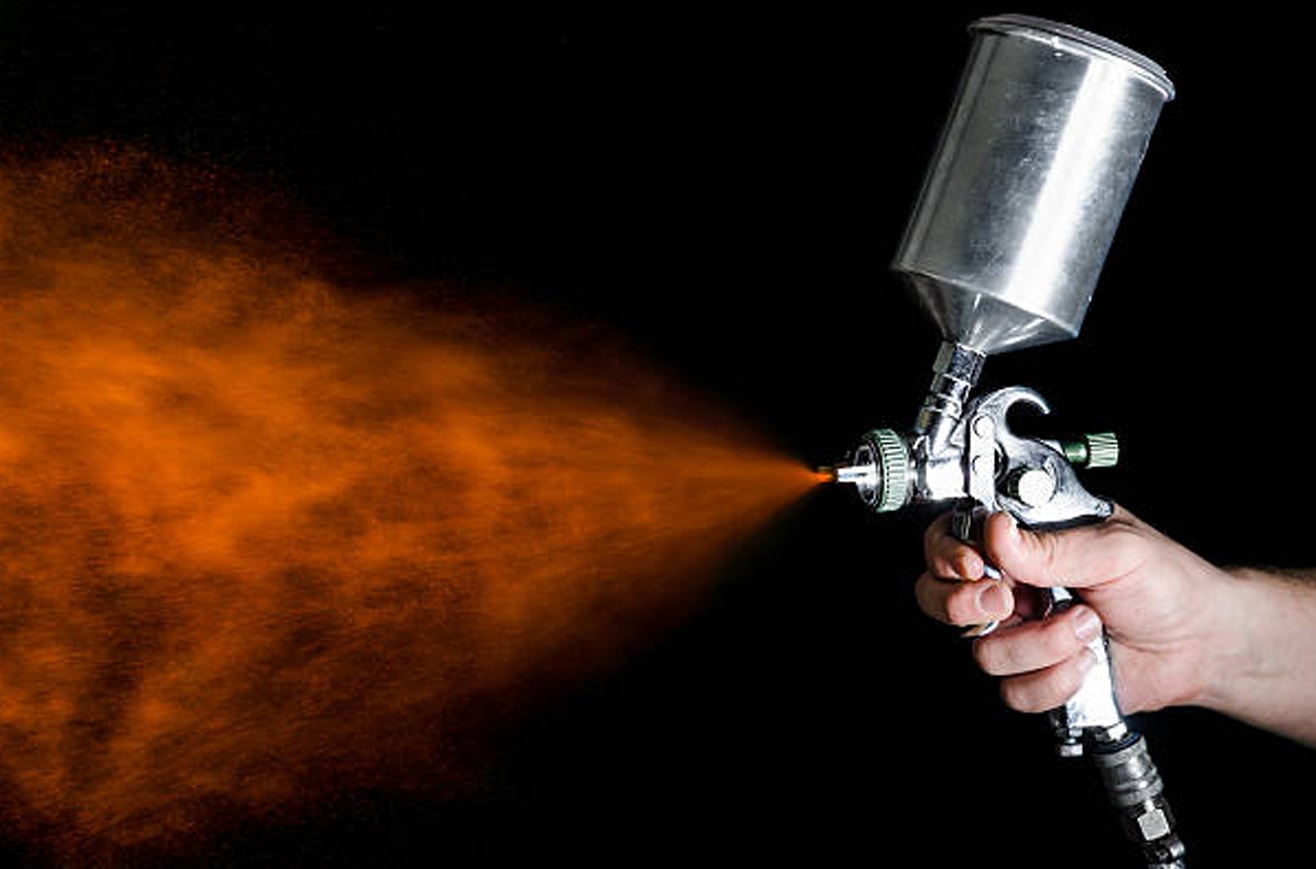How to paint a motorcycle
For those who love motorcycles and have spent quite a long time with the same vehicle and don't know how to paint a Triumph motorcycle, eventually the painted cover of our beloved bike would crack due weather conditions, road dust or (hope not to be a frecuent reason) an unfortunate fall. In order to perform a good makeover to our motorcycle we need to follow some steps and advices if we want to do it by ourselves. Obviously the result would never be the same as if you would've taken the bike to a professional workshop, but at least we can give you a few tips to avoid the catastrophe.

How to paint a motorcycle : Step 1
First thing to do is to unassemble the part you want to paint in order to have it completely unattached from the bike and dealing with the part freely. Next, we have to sand it down in order to provide the maximum adhesion to the paint that is to come by erasing any rusty, chipped parts or any scratches. We recomend to sand it down with a machine in order to work at the same deep all the surface, also, make sure that the sandpaper you use is no higher than 350 caliber. If the part is made of metal, it's important to remove all the painted layers until you arrive to the nude metal surface. If the part is made of plastic, just sand the part down until you reach the plastic core.
How to paint a motorcycle : Step 2
2º. Once the part is ready, we have to prepare it for the paint layers. In order to do that, we'll clean the part thoroughly with alcohol or a degreasing product, because even the tiniest dot, dust or fabric fiber (even our own finger prints) could mess up with the paint adhesion and finish.
How to paint a motorcycle : Step 3
Before the paint, it's also a good call if you aimm for a good result to apply two or three layers of thin priming, which would provide better adhesion and would extend the lifespain of the paintwork greatly.
How to paint a motorcycle : Step 4
If you are going to paint with paint gun, we recommend you to keep constant the distance between the gun and the surface, as well as the speed of the gun movement. It is very important to apply several layers to ensure that the tone stays the same all along the surface to be painted. Key to sucess is to check everything before jumping into the next step.
How to paint a motorcycle : Step 5
Finally in order to provide the work the desired finish ( gloss or matt ) and to extend the lifespan of the paint, you need to apply a varnish or lacquer. Same way as the paint, check thoroughly all the areas to locate any imperfection.
How to paint a motorcycle : Step 6
Now you only have to let the freshly painted part to dry. Make sure that the part remains in a place where there's no wind or dust, because the lack of paint chamber, there's a high risk of tiny dust spot and other particles in the aire to ruin the job by sticking into the fresh surface.
Related Links:
Nuestros videos:
|
|
|


